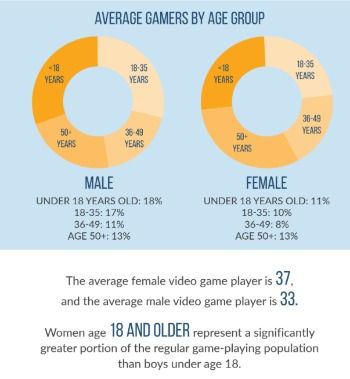Function of types of textures
- Zack Scanlon
- May 4, 2021
- 2 min read
The job of textures is to tell a story of your object and what it has been through so if you add scratch's to a floor underneath a door it tells us that the door isn't properly hung to the frame and thus scratch's the floor every time someone uses the door. Or fingerprints on a phone screen these imperfection really bring a texture to life as for example it wouldn't make sense to a have a perfectly clean set of something like armor if you are trying to convey that your character is a fighter you need things that tell stories of hit in battle. So using:
-Albedo/Base colour texture to define the colour of the object.
-Roughness to define the how dirty or glossy an object is
-Metal dictates how metallic an object is
-Specular changes how your base colour will be rendered as it adds highlights and reflections to your mesh.
-Normal maps add fake detail and shading to your mesh that fakes depth at no computational expense.
-Height maps on the other hand actually displace and deform your mesh so you need to make sure your mesh has geometry so it can do so.
-Opacity defines where on your object texture is visible and the level of the opacity.
-Ambient Occlusion adds proximity darkness in the crevasses of an object.
-Refraction is used for bending light so that you can make textures for things like glass, water or any transparent object. Ior is the index of refraction by changing the Ior value you can make it look like glass, ice or the certain ior of a drink like beer which is different from something like milk.
-Emissive or illumination texture is a texture that emits light off of whatever it is assigned to.

































Comments